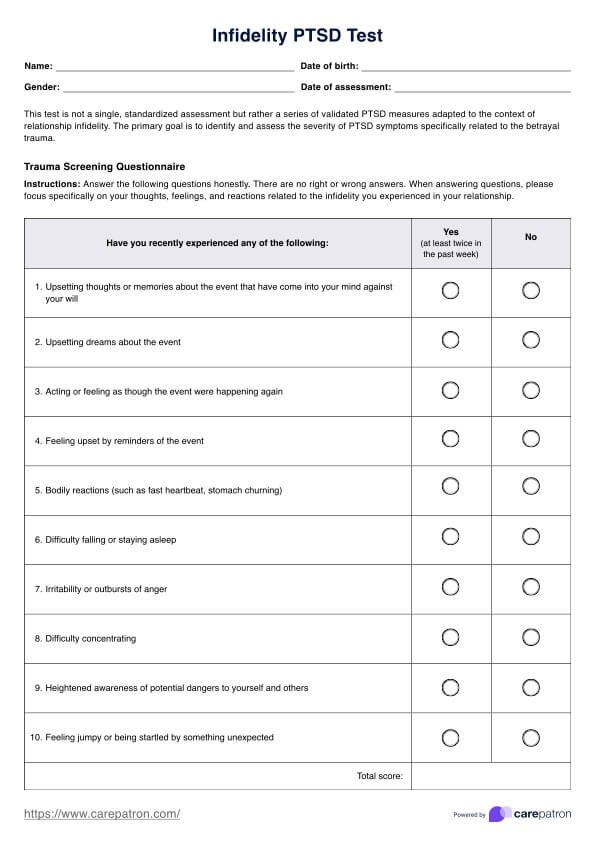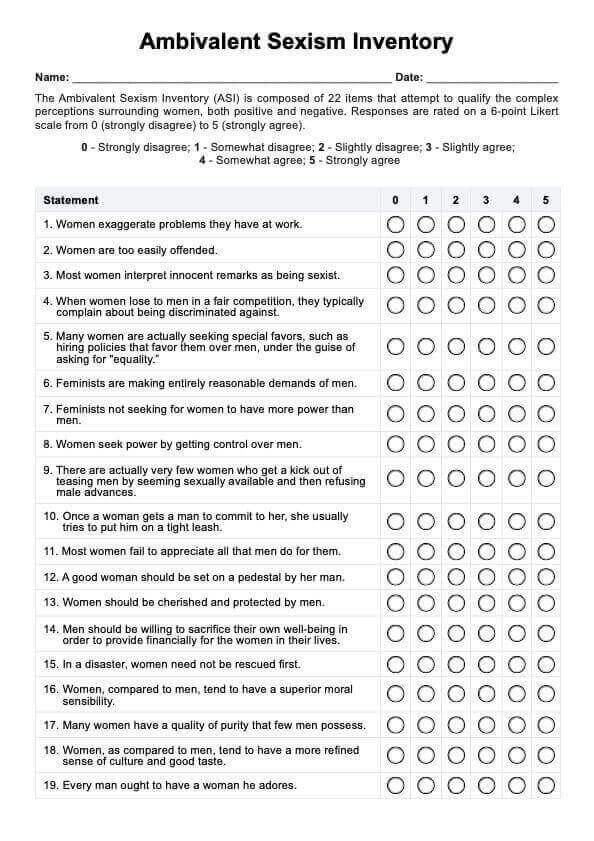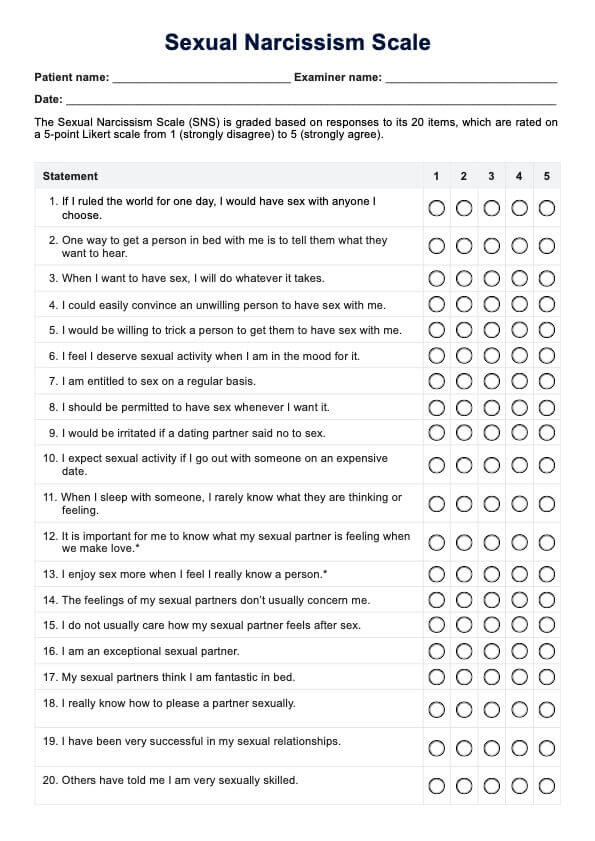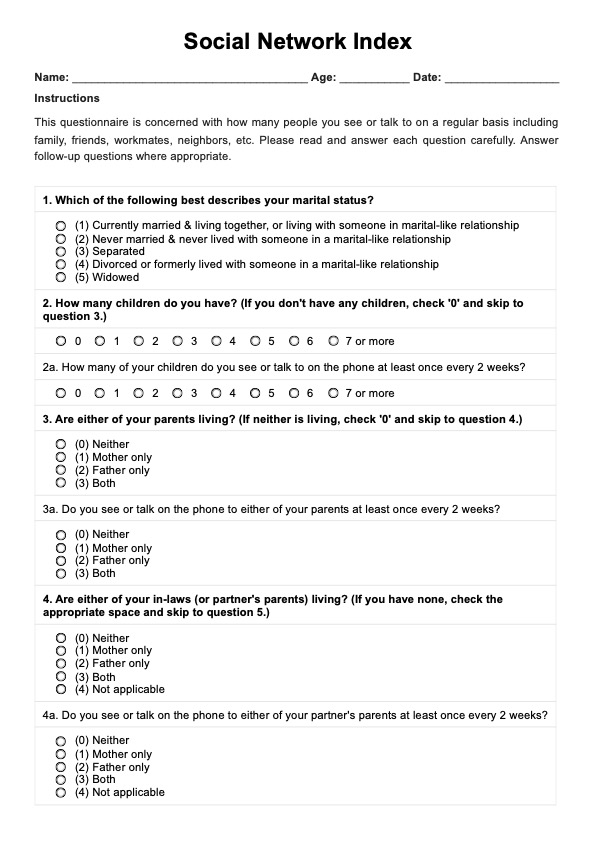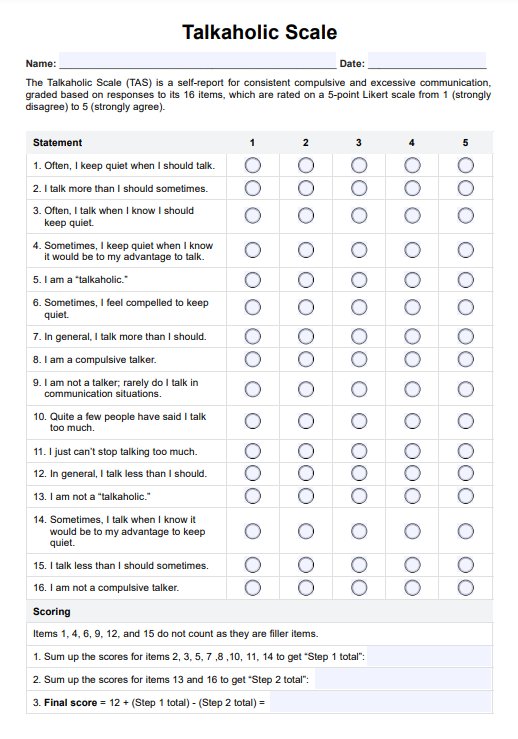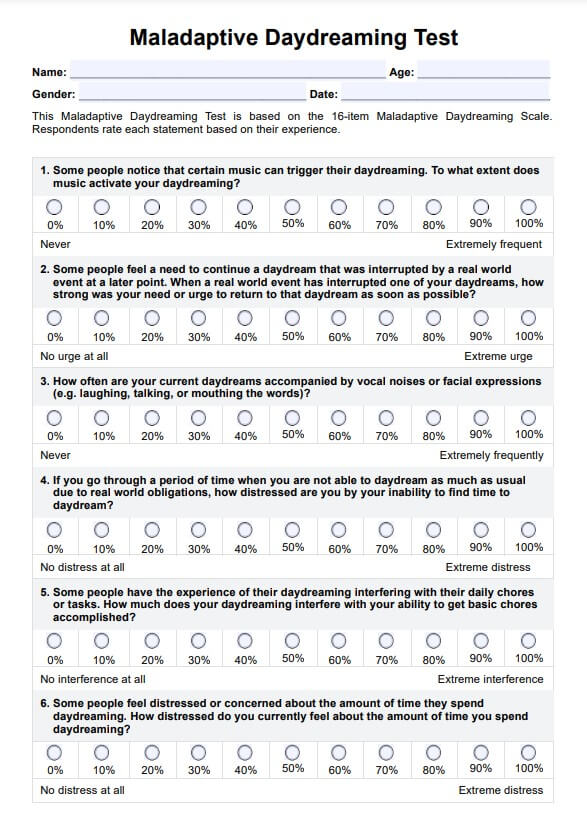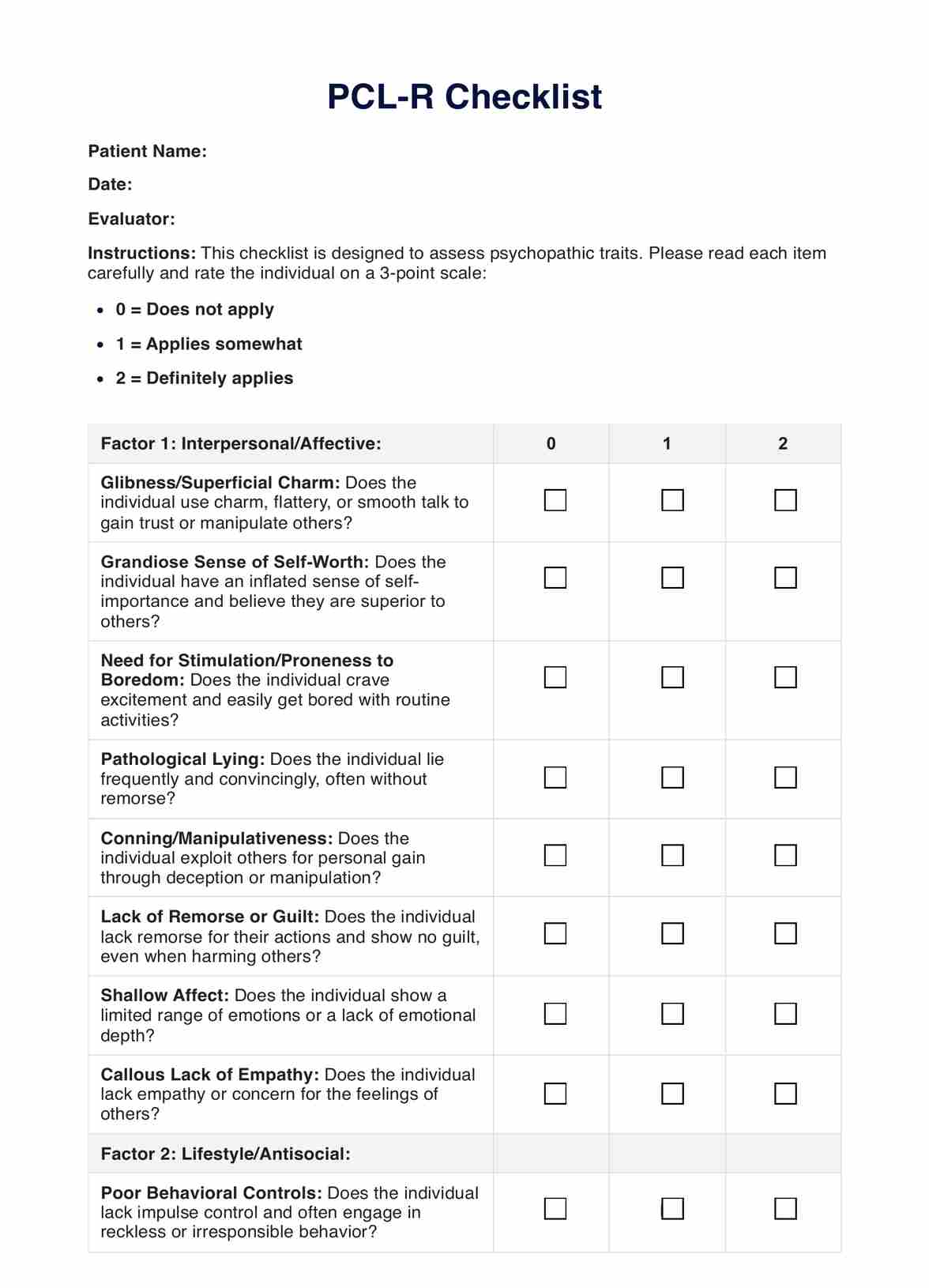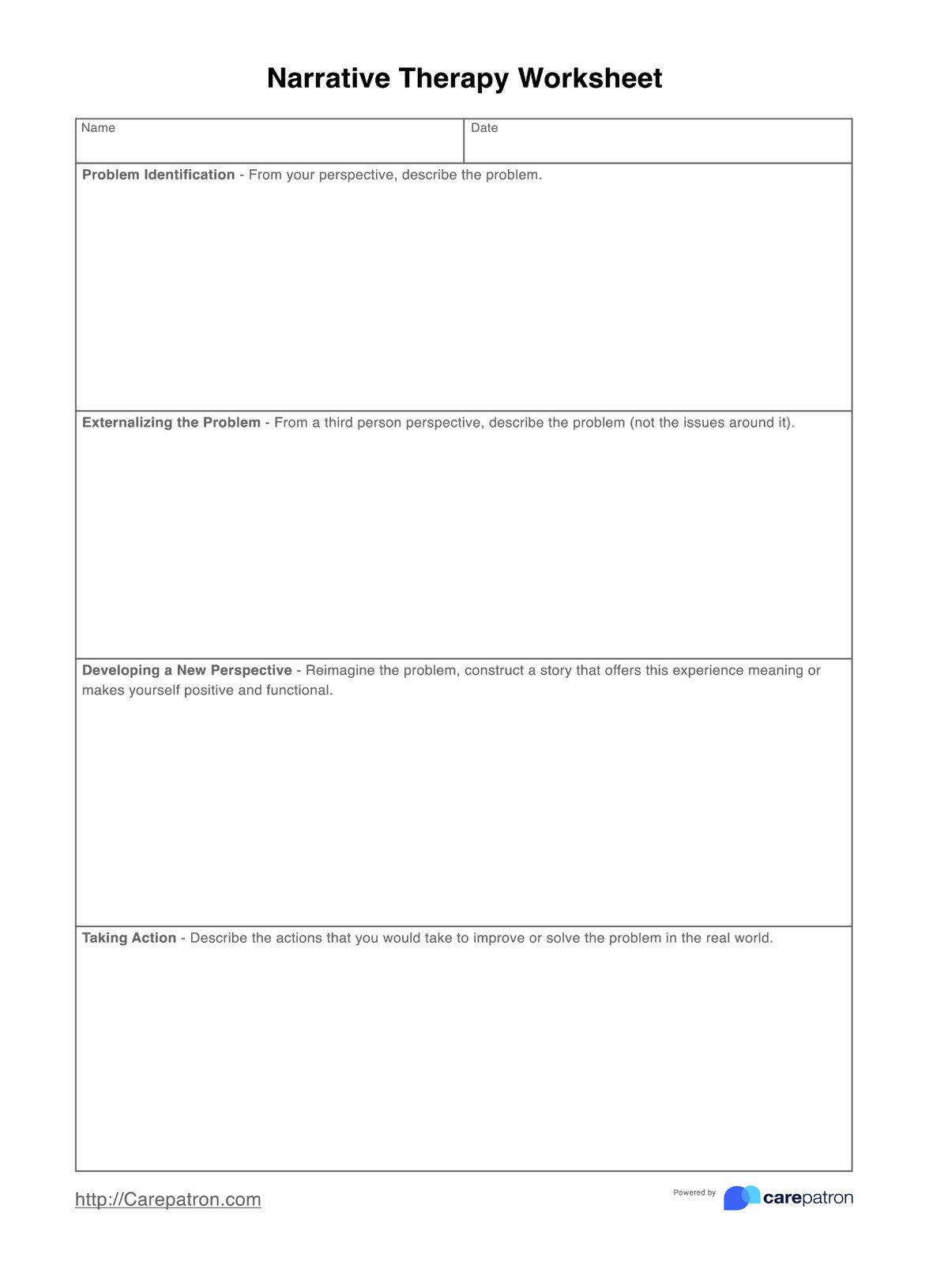Diagnose Back Pain Charts
Effectively diagnose and treat back pain with the Diagnose Back Pain Chart. Gather crucial data to customize and optimize the care and treatment of back pain.


What is a Diagnose Back Pain Chart?
Back pain is a widespread and complex issue affecting individuals of all ages, stemming from diverse sources like injuries, medical conditions, or stress. Precise understanding and effective communication regarding back pain are crucial for preserving overall health and quality of life
The , a visual aid, assists individuals in accurately identifying and expressing areas of discomfort on a detailed human body diagram. This chart not only offers comprehensive coverage but is also user-friendly. It includes a key elaborating on various pain sensations and establishing a shared language for individuals to convey their pain accurately. Additionally, it features a pain scale that spans from "absent" to "the most extreme imaginable," enabling individuals to measure the severity of their discomfort.
Beyond its immediate usefulness for personal purposes, the Diagnose Back Pain Chart is pivotal in healthcare. When patients employ this tool, it enhances communication with healthcare professionals, promoting more precise diagnoses and the formulation of customized treatment plans, ultimately enhancing the caliber of care they receive.
Individuals can also utilize this chart to track their pain changes over time, aiding themselves and their healthcare providers in evaluating the effectiveness of diverse pain management strategies.
Diagnose Back Pain Charts Template
Diagnose Back Pain Charts Example
How to use the Diagnose Back Pain Chart:
To make the most of this chart, follow these five steps to ensure you provide comprehensive information:
Step 1: Access the Diagnose Back Pain Chart
Begin by obtaining or downloading the Printable Diagnose Back Pain Chart, ensuring you have a copy.
Step 2: Complete Patient Information
Start by supplying your essential personal information, such as your name, date of birth, gender, and contact details. Ensure legibility and accuracy.
Step 3: Document Your Medical History
Answer medical history questions truthfully. Indicate prior experiences with back pain, specifying details as needed. Mention recent back-related injuries or accidents, pre-existing conditions related to your back pain, and any current medications, including those for pain or other health concerns.
Step 4: Describe Your Back Pain
When describing your back pain, be precise about its location, duration, frequency, nature, and triggers, and rate its severity on a scale of 1 to 10.
Step 5: Report Associated Symptoms
Check applicable boxes for any accompanying back pain symptoms, including numbness or tingling, muscle weakness, radiating pain into your limbs, or loss of bladder or bowel control. If your symptoms aren't listed, use the "Other" section to provide detailed descriptions.
Step 6: Provide Additional Comments/Concerns
Share any supplementary information or concerns regarding your back pain that you believe is pertinent for your healthcare provider to understand. Detailed descriptions can facilitate a more accurate diagnosis and tailored treatment plan.
When would you use this Form?
The Diagnose Back Pain Chart is a versatile tool that finds application in various healthcare scenarios:
Medical Doctors and Specialists: Physicians, including specialists like orthopedic surgeons, neurologists, and rheumatologists, employ the chart for precise pain identification and documentation during patient assessments.
Physical Therapists and Rehabilitation Specialists: These professionals use Diagnose Back Pain Charts to track patient progress during rehabilitation programs, tailoring treatments accordingly. Occupational therapists also use it to develop customized rehabilitation plans.
Pain Management Clinics: Specialists in pain management utilize the chart to assess treatment effectiveness, ensuring consistent tracking of pain levels and patterns.
Chiropractors and Alternative Medicine Practitioners: Chiropractors and alternative therapists use the chart to document pain areas, guiding treatment strategies and facilitating patient communication.
Nurses and Allied Healthcare Providers: Nurses in diverse settings collect pain-related data with the chart, aiding in care assessment and prioritization for patients in pain.
Research and Clinical Studies: Researchers conducting pain management studies and clinical trials benefit from the standardized data collection offered by Diagnose Back Pain Charts.
Patient Self-Assessment: Patients themselves can document their pain experiences using these charts, providing comprehensive insights to share with healthcare providers during appointments.
Benefits
Accurate Diagnosis
Diagnose Back Pain Charts ensure comprehensive data collection, leading to precise diagnoses and tailored treatment plans, ultimately improving pain management and recovery outcomes.
Structured Data Collection
Free Diagnose Back Pain Charts systematically gather information about a patient's pain, ensuring comprehensive data collection.
Effective Treatment Planning
These charts enable healthcare providers to choose the most suitable therapies based on detailed pain information, enhancing the likelihood of pain relief and better care delivery.
Enhanced Communication
By helping patients express their symptoms clearly, these charts foster better communication with healthcare providers, building trust and collaboration for improved decision-making and care.
Data Tracking and Monitoring
Diagnose Back Pain Charts serve as tools for tracking treatment progress, enabling timely adjustments and more efficient care to enhance patient recovery.
Research and Education
These charts contribute valuable data for research and patient education, aiding in the understanding of back pain and supporting innovations in its management.
Research & Evidence
Back pain charts have a rich history dating back to the 16th century, evolving into sophisticated tools that aid healthcare professionals in diagnosing and treating back pain. These charts originally depicted spinal anatomy and common causes of back pain. In the 19th century, they advanced to include information on various types of back pain, along with emerging diagnostic and treatment methods. For instance, a 1870 chart featured illustrations of spinal fractures and dislocations, complete with symptom descriptions and treatment options.
The 20th century saw continuous evolution in back pain charts, incorporating cutting-edge research findings. A 1950 chart, for example, introduced the role of intervertebral discs in back pain.
Today, back pain charts continue to play a vital role. They help healthcare professionals identify the likely cause of a patient's back pain through symptoms and physical exams, assist in crafting tailored treatment plans based on the pain's probable origin and individual patient needs, and provide valuable educational resources for patients to understand different types of back pain, their causes, and available treatment options. These charts remain essential tools in diagnosing, treating, and educating individuals about back pain.
Research underscores the efficacy of back pain charts. Studies published in journals such as Spine (1999) and Pain (2005) affirm their usefulness in diagnosis, treatment planning, and patient education. Moreover, these charts help reduce unnecessary imaging tests, promoting efficient and effective back pain management.
References
- The Oswestry Disability Index (ODI): The ODI is a self-administered questionnaire measuring back pain's impact on a patient's daily life. The ODI is a 10-item questionnaire that asks patients about their ability to perform various activities, such as walking, sitting, and standing.
- The Roland Morris Disability Questionnaire (RMDQ): The RMDQ is another self-administered questionnaire that measures the impact of back pain on a patient's daily life. The RMDQ is a 24-item questionnaire that asks patients about their ability to perform various activities, such as getting dressed and bathing.
- The McGill Pain Questionnaire (MPQ): The MPQ is a comprehensive questionnaire that measures pain's intensity, quality, and temporal aspects. The MPQ is a 78-item questionnaire that includes both descriptive and visual pain scales.
Commonly asked questions
Diagnose Back Pain Charts are typically used by healthcare professionals, including doctors, chiropractors, physical therapists, and orthopedic specialists, as well as by patients reporting back pain symptoms. They are essential tools for gathering and documenting information related to back pain.
Diagnose Back Pain Charts are used when a patient experiences back pain and seeks medical evaluation or treatment. They are commonly employed during initial patient assessments, follow-up visits, and throughout treatment to track progress and make informed decisions.
The Diagnose Back Pain Chart can help a person by providing a structured and comprehensive way to communicate their back pain symptoms to healthcare providers, leading to more accurate diagnoses and tailored treatment plans. It empowers individuals with knowledge about their condition, enabling them to actively participate in their healthcare decisions and potentially improve their overall quality of life by effectively managing their back pain.


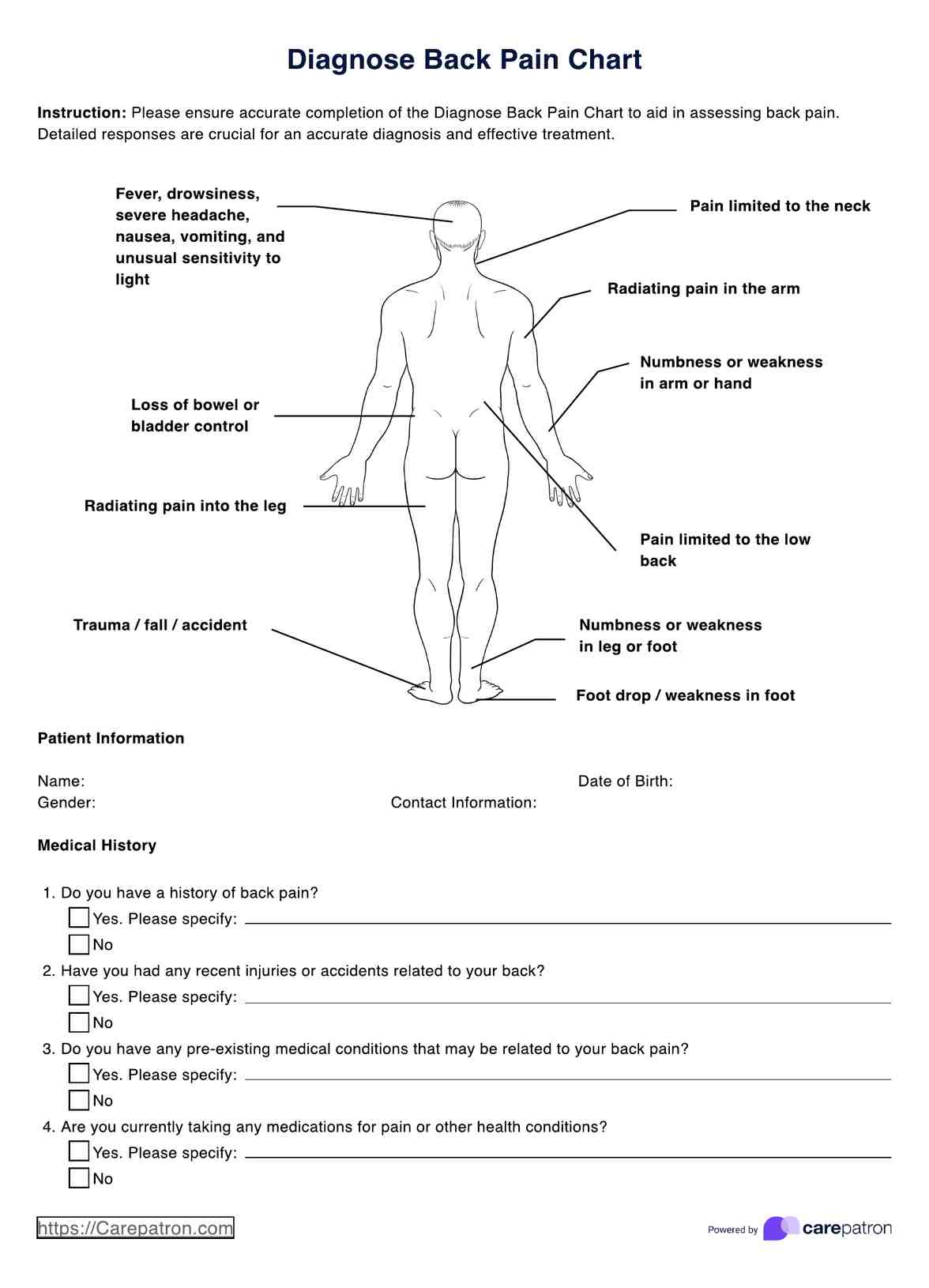
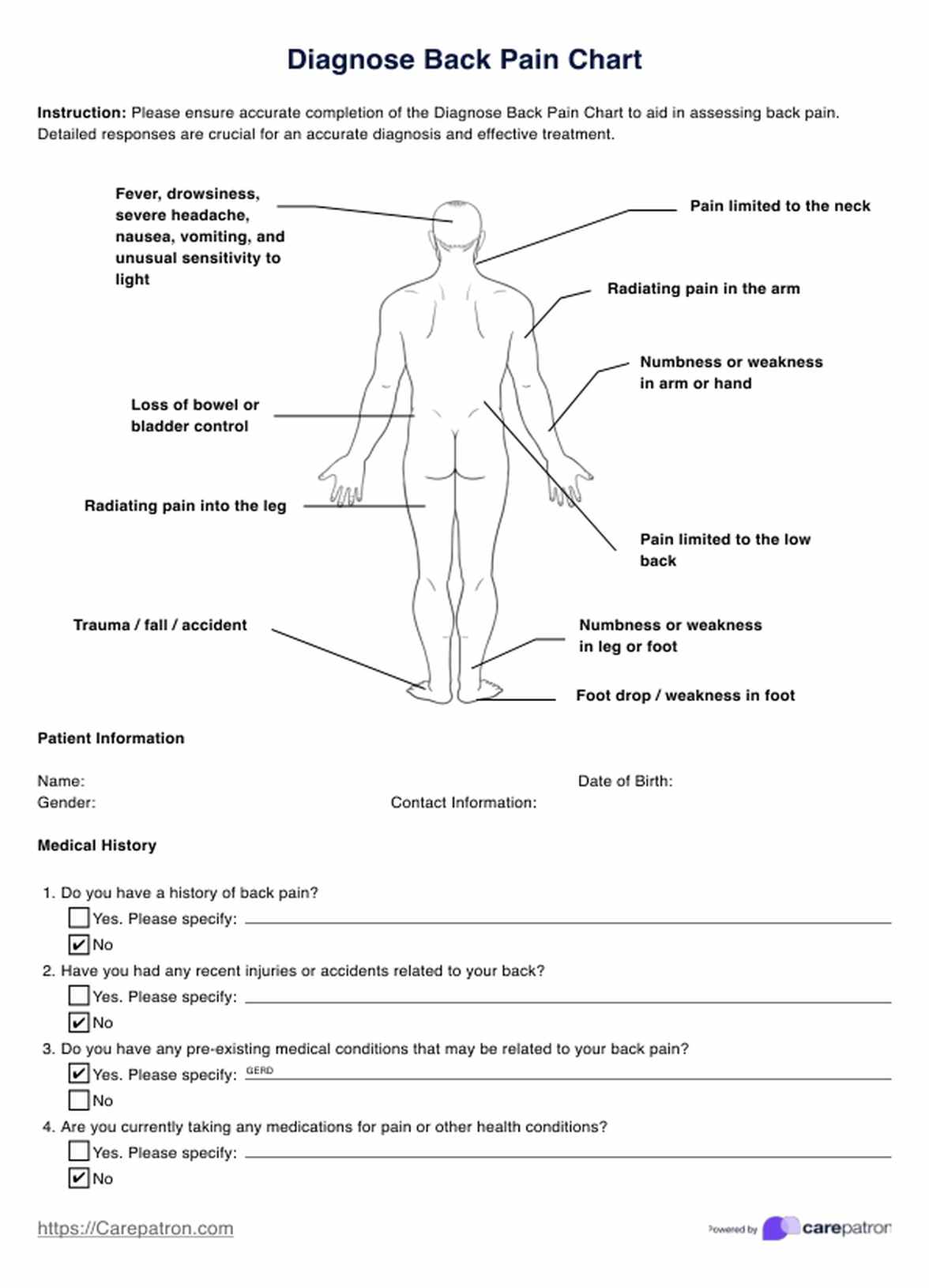

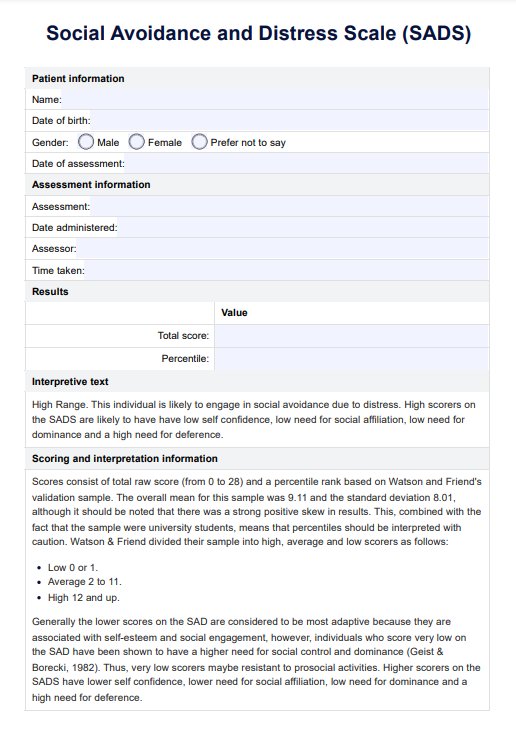

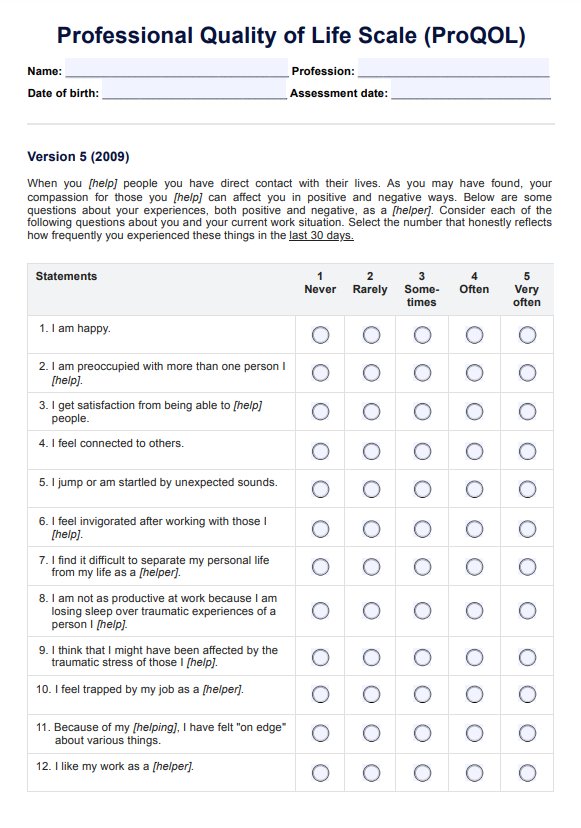









-template.jpg)












































































